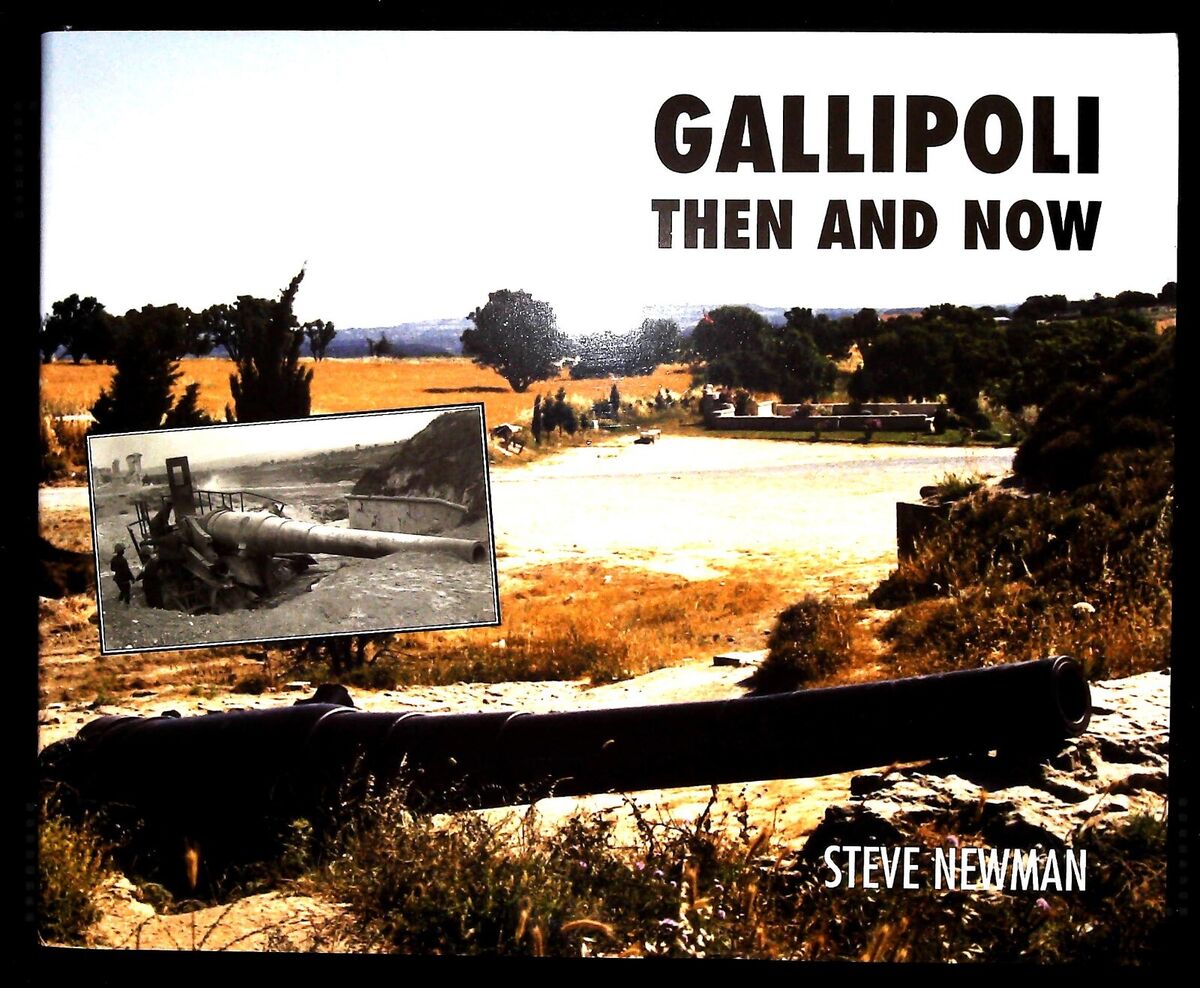Gallipoli : Then and Now
Usually shipped within 24 hours
UK deliveries from £5.95
Delivery & Returns
Delivery & Returns
We use the Royal Mail, DHL Express or UPS for our customers. For UK addresses, deliveries under 10kg are a standard £4.95 via Royal Mail Tracked 48 Service. For orders over 10kg and overseas customers, postage is calculated for you at checkout once you have entered your postal address. This price, does not include any potential custom charges that may apply, depending on the product or destination, as every country has very different import duties / taxes. Online exclusive products (such as trainers) will be delivered to you directly from the printer, separate from other items in your order, but your postage fee covers ALL items in your order.
If you are unhappy with your purchase, please email shop@tankmuseum.org within fourteen (14) working days of receiving your goods, and return it to us at the address below, in its original condition, unopened (with any seals and shrink-wrap intact) and we will issue you a full refund or replace it. Goods must be returned at your own cost. If the item is faulty, you do not need to return it, we will send you a replacement free of charge.
Description
Description
By Steve Newman
Hardback
Gallipoli. Virtually unheard of prior to 1915, the very name of the Turkish peninsula bordering the Dardanelles - the narrow waterway linking the Mediterranean with the Black Sea - now conjures up visions of privation and hardship and death which even surpass the horrors of the trench warfare on the Western Front. The barren landscape was the backdrop to a horrific campaign between April 1915 and January 1916 in which upwards of 1000,000 men lost their lives.
For the Allies it was a battle fought in vain for the invasion forces were withdrawn for no gain, but for the Turkish army it was a marvellous victory in what they refer to as their Canakkale War. Steve Newman has visited Gallipoli several times in his study of the campaign and he spent a strenuous 10 days on the peninsula in June 1999 to take the comparisons in a temperature of over 100 degrees. The book provides a link between past and present; from one century to the next; that the deeds of those whose bones lie buried "in a foreign field" shall not be forgotten.
![Gallipoli : Then and Now Book [variant_option4]](http://tankmuseumshop.org/cdn/shop/files/s-l1200_0c5ae5f0-fb5a-4b19-b674-257b913046e9.jpg?v=1759158290&width=1214)

![Gallipoli : Then and Now Book [variant_option4]](http://tankmuseumshop.org/cdn/shop/files/s-l1200_0c5ae5f0-fb5a-4b19-b674-257b913046e9.jpg?v=1759158290&width=112)
![Tank Museum Playing Cards Game [variant_option4]](http://tankmuseumshop.org/cdn/shop/files/ProductShoot_10_10_2025035.jpg?v=1760358498&width=176)
![Tank Museum Wrapping Paper - Two sheet pack Wrapping Paper [variant_option4]](http://tankmuseumshop.org/cdn/shop/products/Wrapp_Paper_All.jpg?v=1748337915&width=176)
![Gallipoli : Then and Now Book [variant_option4]](http://tankmuseumshop.org/cdn/shop/files/s-l1200_0c5ae5f0-fb5a-4b19-b674-257b913046e9.jpg?v=1759158290&width=640)



